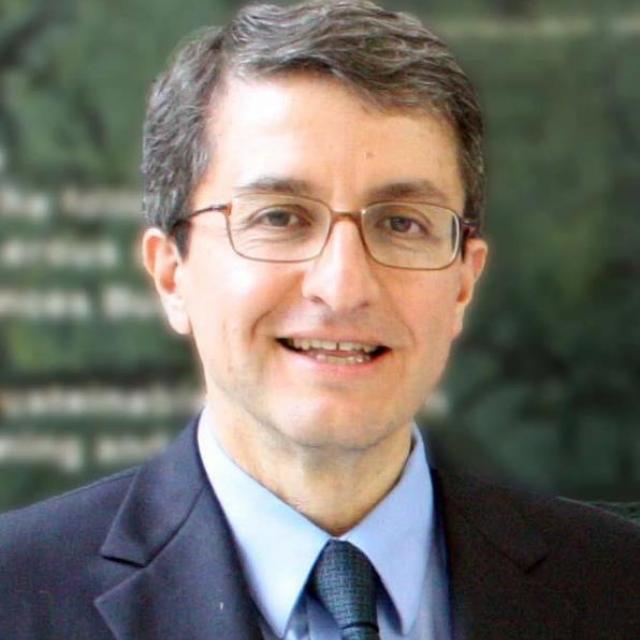Pacific Northwest Geometry Seminar
Topic
Alejandro Adem (University of British Columbia)
A Stringy Product for Twisted Orbifold K-theory
Given an orbifold X with inertia orbifold LX, we construct a product for the twisted K-theory of LX which extends the orbifold cohomology product of Chen & Ruan. The twisting arises from the "inverse transgression" of elements in $H^4(BX, Z)$. This is joint work with Y.Ruan and B.Zhang.
Simon Brendle (Stanford University)
Global convergence of the Yamabe flow
Let $M$ be a compact manifold of dimension $n \geq 3$. Along the Yamabe flow, a Riemannian metric on $M$ is deformed such that $\frac{\partial g}{\partial t} = -(R_g - r_g) \, g$, where $R_g$ is the scalar curvature associated with the metric $g$ and $r_g$ denotes the mean value of $R_g$. It is known that the Yamabe flow exists for all time. Moreover, if $3 \leq n \leq 5$ or $M$ is locally conformally flat, then the solution approaches a metric of constant scalar curvature as $t \to \infty$. I will describe how this result can be generalized to higher dimensions. The key ingredient in the proof is a new construction of test functions whose Yamabe energy is less than that of the round sphere.
Jim Bryan (University of British Columbia)
Donaldson-Thomas and Gromov-Witten invariants of orbifolds and their crepant resolutions
A well known principle in physics asserts that string theory on an orbifold X is equivalent to string theory on Y, any crepant resolution of X. Donaldson-Thomas and Gromov-Witten theory are mathematical counterparts of type IIA and type IIB topological string theory and so it is expected that one can recover the Gromov-Witten or Donaldson-Thomas invariants of Y from those on X. We will mathematically formulate and discuss these correspondences and illustrate them with some examples.
Ben Chow (UC San Diego)
On the works of D. Glickenstein and F. Luo on semi-discrete curvature flows
Yong-Geun Oh (University of Wisconsin-Madison)
Lagrangian currents, Calabi invariants and non-simpleness of the area-preserving homeomorphism group of S^2
In this talk, I will introduce the notion of `hamiltonian limits' of the Hamiltonian flows, and define the continuous Hamiltonian flows and their associated Hamiltonian functions, which I call `topological Hamiltonians'. I will give the proof of the uniqueness of the topolocgical Hamiltonian associated to continuous Hamiltonian flows. The uniquessness proof uses the method of geometric measure theory and some $C^0$ symplectic geometry. I will discuss some implication of this study in a well-known conjecture in the dynamical systems on the simpleness of the area preserving homeomorphism group $S^2$.
Gang Tian (Princeton University)
Kahler-Ricci flow and complex Monge-Ampere equation
